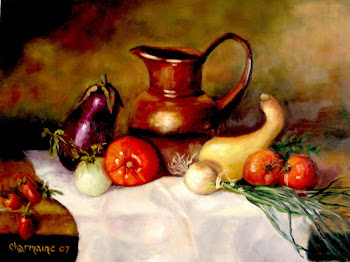Reading this book was like watching a very long train wreck where you couldn’t look away. Nothing much happened good in the book except the personal human stories of strength and fortitude. I didn’t know very much about the dust bowl that occurred during the 1930’s. This is a book about suffering and hope. It is about a people who wouldn’t give up because they had a piece of land for the first time in their lives and they believed the disaster would end and that their life would return to some kind of normal. In many ways, those that stayed were trapped with few options other than to wait it out or die.
The American government encouraged settlement of the Midwest at the beginning of the century by offering land grants to immigrants. When the railroad reached the areas of the Texas Panhandle, Kansas and Oklahoma immigrants and others were easily enticed to come and get a slice of the prairie. And they came in droves, made dugout homes to live in and plowed millions of acres of prairie grass.
They planted wheat and it flourished. The farmers took their healthy earnings and built mortgaged homes, bought farm equipment on time and plowed more land. Before long there were silos bulging with the fruits of their labors. There was such a glut of wheat that the price fell, making it difficult for the farmers to make a profit. This was the beginning of farm subsidies, as the government attempted to prop up the price of crops by paying farmers not to plant. This left millions of acres of land laying fallow creating a perfect disaster when the drought hit and the winds came. And to compound the problem the stock market crashed and the economy imploded. Foreclosures destroyed all that was left.
“On September 14, 1930, a windstorm kicked up dust out of southwest Kansas and tumbled toward Oklahoma. By the time the storm cut a swath through the Texas Panhandle, it looked unlike anything ever seen before on the High Plains…The strange thing about it, the weather bureau observers said, was that it rolled, like a mobile hill of crud, and it was black. When it tumbled through, it carried static electricity, enough to short out a car. And it hurt, like a swipe of coarse-grained sandpaper on the face. The first black duster was a curiosity, nothing else.” (p. 88)
The drought brought colder winters and hotter summers. The wind blew furiously for days on end. “The shovel was a rescue tool…In a long day’s blow, the drifts could pile four feet or more against fences clogged with tumbleweeds, which created dunes, which then sent dust off in other directions.” ( P. 138) Some mornings the cars were completely covered. The wind blew the paint off houses. It filled the digestive systems of cattle. It filled their homes. Nothing they tried could keep it out. They contracted dust pneumonia and many died. There was no escape. They could not stay outside for fear of getting lost of choking on a blast of gritty air. When it rained it rained black globs of mud. During some months the dust storms were a daily occurrence for 40 days in a row.
“There was no color to the land…Some farmers had grown spindles of dwarfed wheat and corn, but it was not worth the effort to harvest it. The same Texas Panhandle that had produced six million bushels of wheat just two years ago now gave up just a few truckloads of grain. Chickens died; Milk cows went dry; Cattle starved or dropped dead from ‘dust fever.’ “ (p. 141)
In 1934 many cities on the eastern Seaboard got a taste of Midwest dust storms. “Now the storm was measured at 1,800 miles wide, a great rectangle of dust from the Great Plains to the Atlantic, weighing 350 tons.” (p.152) Someone told Congress that 51 million acres were so eroded they could no longer be cultivated. It would take a thousand years to rebuild an inch of topsoil.
Timothy Egan created a story around actual people who lived through this time. When there was nothing left the settlers escaped if they could, as many as 2/3 of them. I suspect, if I had a choice, I would have been one of them. I am not sure how anyone survived these 8 years of misery, watching everything around them, including many family members, die.
Journalist Ernie Pyle called it, “this withering land of misery.” He toured the plains in the summer of 1936. He wrote, “I saw not a solitary thing but bare earth and a few lonely, empty farmhouses…There was not a tree or a blade of grass, or a dog or a cow or a human being—nothing whatsoever, nothing at all but gray raw earth and a few farmhouses and barns, sticking up from the dark gray sea like white cattle skeletons on the desert…the saddest land I have ever seen.” P. 257
This may be one of the saddest stories I have ever read. The human spirit is amazing in its ability to adapt and go on through unspeakable suffering. Reading this book changed me but I am still trying to figure out why. But I do know it made me grateful for the pleasant circumstances in which I live.




